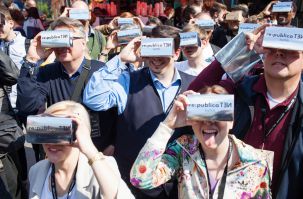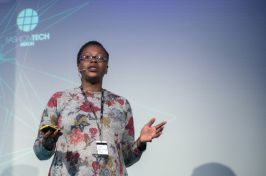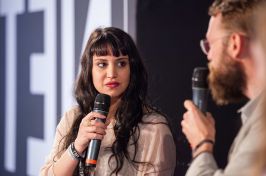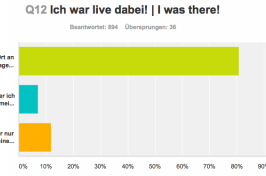Virtual reality was one of the biggest trendsetter at this year's re:publica. This new technology was discussed, presented and tested in numerous topics and locations.
The concepts behind virtual reality aren't all that new. The 1990s saw the first attempts at the technology and concepts like the "Star Trek" holodeck set the tone for what we aspire to with this technology. Last year ushered in a new wave of contemporary VR viewing equipment. This new breed of tech, with its hugely expanded areas of application, has shown us that VR can be integrated into many facets of every-day life and has the potential to change the way we consume media.
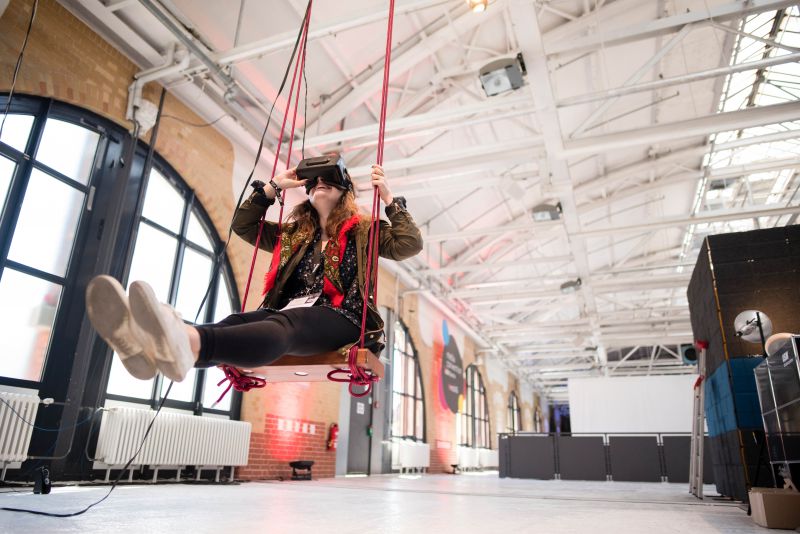
VR swing at the MEDIA CONVENTION Berlin
The labore:tory re:publica's newest event space and its content programme focused on the interfaces of culture production and technology (day 1: Musicday, day 2: Immersive Arts, day 3: #FASHIONTECH Berlin). Jan Keno Jansen's (‘ct, Heise) keynote our experimentation lab. The panel discussion "AR/VR is pushing Music" focused on potentials of experiencing music from the perspective of motion designers. "Immersive Arts" presented full applications of AR and VR for the arts and stage productions, including an adaption of the Schiller classic "The Robbers". The #FASHIONTECH Berlin sub-conference was opened with Christian Zöllner's talk "I VR my sunglasses at night" and analysed the iconography of glasses and the aesthetic of virtual reality glasses.
The labore:tory's full stage programme was accompanied by a VR exhibition on two upper floors. The exhibition was opened on the Musicday thanks to the support by the Berlin Senate for Economics, Technology and Research/ Projekt Zukunftand co-financed by the European Regional Development Fund (EFRE) The exhibition also included two projects by the Berlin-based media design school Hochschule für Design und Informatik. The two floor of the exhibition were in the expert hands of Germany's first professional association for virtual reality (Erster Deutscher Fachverband für Virtual Reality (EDFVR)). This cooperation intended to promote synergies and dialogue between the two networks. Even Berlin's senator for culture Tim Renner couldn't pass up a visit and tested out several labore:tory projects.
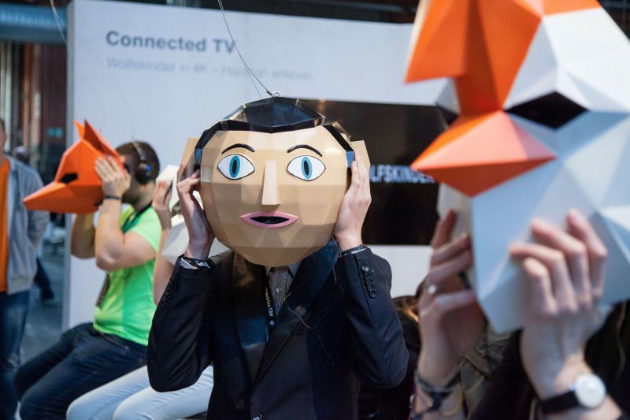
"VR masks" at the ZDF / ZDFneo-stand
Virtual reality was featured beyond the labore:tory and was seen throughout the STATION venue. One of re:publica TEN's main attractions was the DOMZELT in the outside re:lax area. The 10 meter wide dome was used to project immersive content experiences. The MEDIA CONVENTION Berlin also featured VR technologies in its exhibitor area. On re:publica's exhibitor floor ZDF and ZDFneo presented interactive VR and 360 degree content at their booth: five themed "VR masks", featuring integrated VR glasses, were on there to try-out.
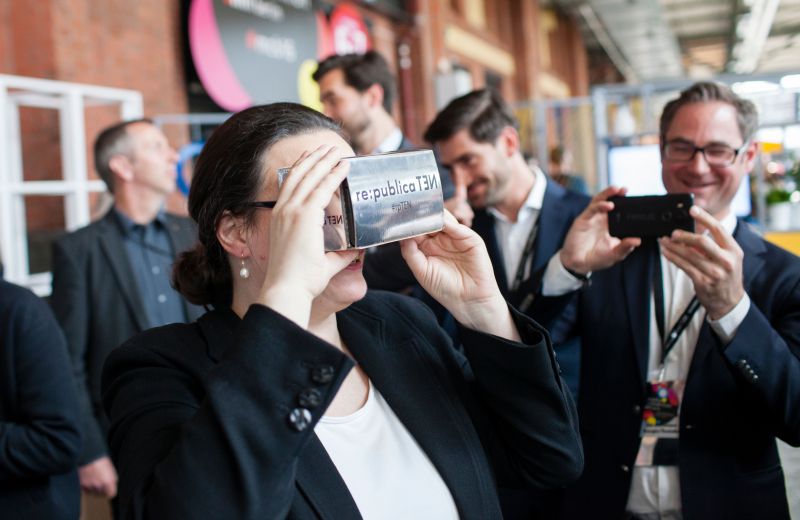
Andrea Nahles (German Federal Ministry of Labour and Social Affairs) with the re:publica VR cardboard
So much virtual content! If you weren't able to try out all of the diverse content, you might be interested in the video featuring volunteers of the Bayerischer Rundfunk. They traversed re:publica to check out as much VR as possible.
We are excited so see how virtual reality will be received and developed over the coming months. On one hand, manufacturers are in a battle to dominate the VR glasses market. On the other hand, many voices at re:publica TEN argued that augmented and mixed reality had more potential because of its wider and more flexible application in various fields. We're following this development closely!
// photo credit: re:publica/Gregor Fischer, Jan Michalko, Jan Zappner (CC BY 2.0)

